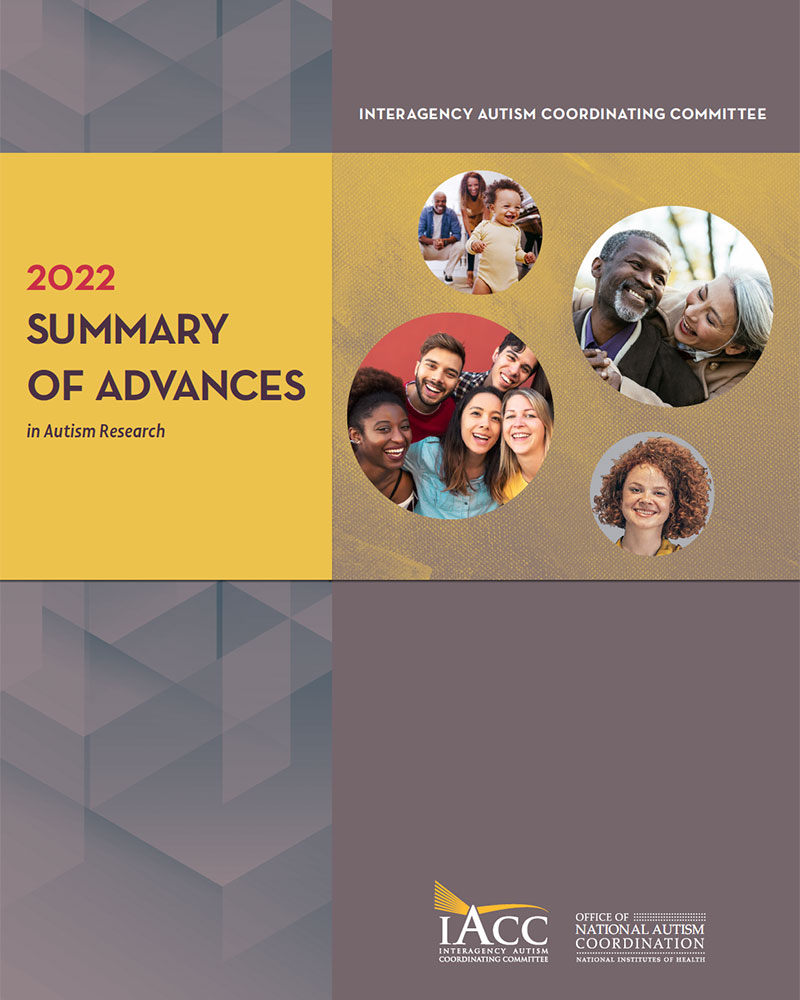Summary of Advances
In Autism Research
2022
Super responders: Predicting language gains from JASPER among limited language children with autism spectrum disorder.
Panganiban J, Kasari C. Autism Res. 2022 Aug;15(8):1565-1575. [PMID: 35437928]
At-a-Glance
Behaviors such as use of gesture, fine motor skills, and play can help predict how autistic children will respond to an intervention to improve social communication and language, suggesting a strategy to match interventions to those who will benefit the most.
Background: Early interventions can significantly improve outcomes for autistic children. However, responses to these inventions can vary from one child to another. Predicting how different children may respond to a given type of intervention will allow customization of an intervention plan to a child’s unique needs. In this study, researchers analyzed behavioral data from autistic children with limited language (single or no words) to predict which of the children would respond best to a social communication intervention called JASPER (Joint Attention, Symbolic Play, Engagement, and Regulation).
Methods & Findings: Researchers analyzed data previously collected from 99 autistic children across five separate intervention studies. The children were 3 to 5 years old, had limited language, and underwent a two- to six-month JASPER intervention. Before and after the intervention, the children were tested on various behaviors, including expressive language (i.e., the ability to convey one’s ideas using words). Using results from the expressive language testing, researchers categorized the children as “super responders” (improvement beyond what would be expected during typical development) or “slow responders” (less improvement than would be expected during typical development). The researchers then used machine learning and statistical methods to develop a prediction model that characterizes each type of responder based on the behaviors assessed. Three specific factors were potential predictors of responder type: use of requesting gestures, diversity in play, and level of fine motor skills. Diversity in play was the strongest predictor, and children who played with a wider variety of toys had an approximately 70% chance of being super responders.
Implications: These findings demonstrate that a child’s response to the JASPER intervention may be affected by a combination of the child’s unique characteristics. The findings in this study can help match this intervention, or similar interventions, to children who will benefit the most. In addition, future efforts to develop other interventions should consider using similar statistical and machine learning methods to identify which populations of children would most benefit.




